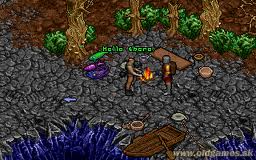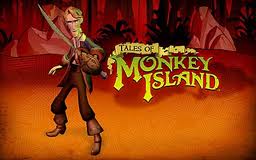Monday, 15 April 2019
Home »
» What is a glacier?
What is a glacier?
A glacier is a moving ice field. It is found in the polar regions and in the high mantains, everywhere there is more snow in winter than it can melt and evaporate during the summer. The smooth mass slides slowly down the slopes, modeling the landscape and sculpting the valleys. If a glacier reaches the sea in a very cold area, huge blocks of ice blocks break up and form icebergs. The largest in the world are in Antarctica.


























0 commentaires:
Post a Comment